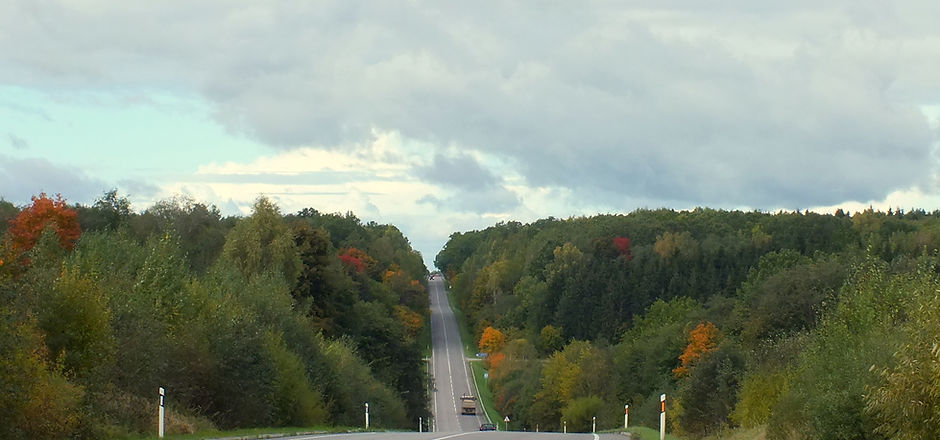
Kaunas oak forest
Kaunas Oak Forest – one of the biggest city forests in Europe. It is not only a favourite place of locals and guests for any outdoor leisure activity, but is also an especially important habitat for rare species related to veteran trees. Here, under the hundred-year-old trees, beefsteak fungus (Fistulina hepatica) as well as hen of the woods (Grifola frondosa) find shelter, Hapalopilus croceus are climbing the trunks, while in the hollows is hiding the biggest pride of the oaks' park – hermit beetle (Osmoderma eremita/barnabita)), strictly protected in Lithuania and the whole Europe.

Dūkštos oak forest
Almost in the halfway between Vilnius and Kernavė is Dūkštos Oak Forest, one of the biggest and oldest of natural oak forests still remaining in Lithuania. Average age of oaks growing there is about 220 years, while walking from one to another side of the forest would take about two hours. This territory is considered important internationally since 5 different types of nature habitats important for the European Community are distinguished here. During the field trips 77 species of rare and protected animals, plants, moss and fungus has been found here, from which hermit beetle appears to be the most mysterious and rare inhabitant.

The slope of Neris river by Verkiai
Enclosed by the forest from bustle and hustle of Vilnius city life, Verkiai are famous for a legend – once upon a time there was a birth place of pagan priest and prophet Lizdeika, who once solved and explained mysterious dream of Gediminas, the grand duke of Lithuania. It is said, that in the old days sacred oak wood served here as a shrine, while on the altar on the highest scarp eternal fire was burning protected by Lithuanian pagan priests and priestesses in charge. As time went by, dukes of Lithuania granted this oak forest to bishops of Vilnius, thus in the 18th century ensemble of Verkiai Palace emerged here designed by the most famous architects of those days.
